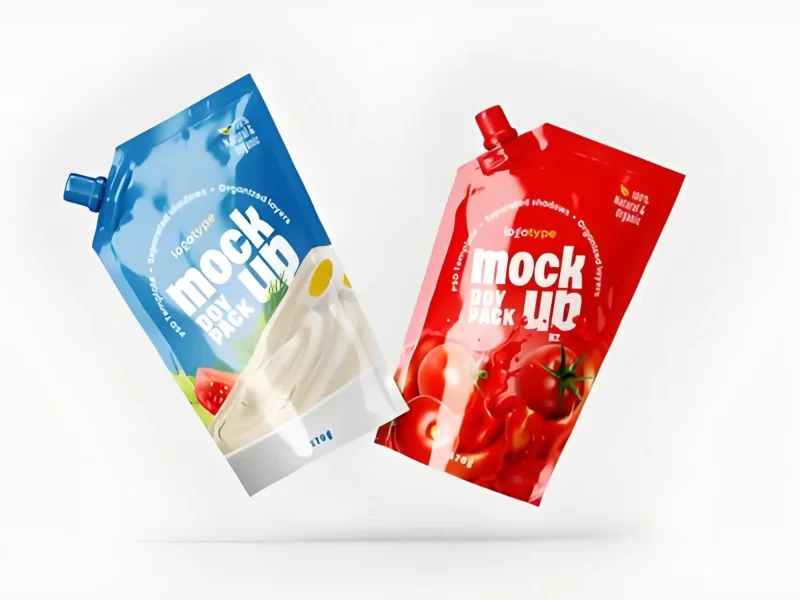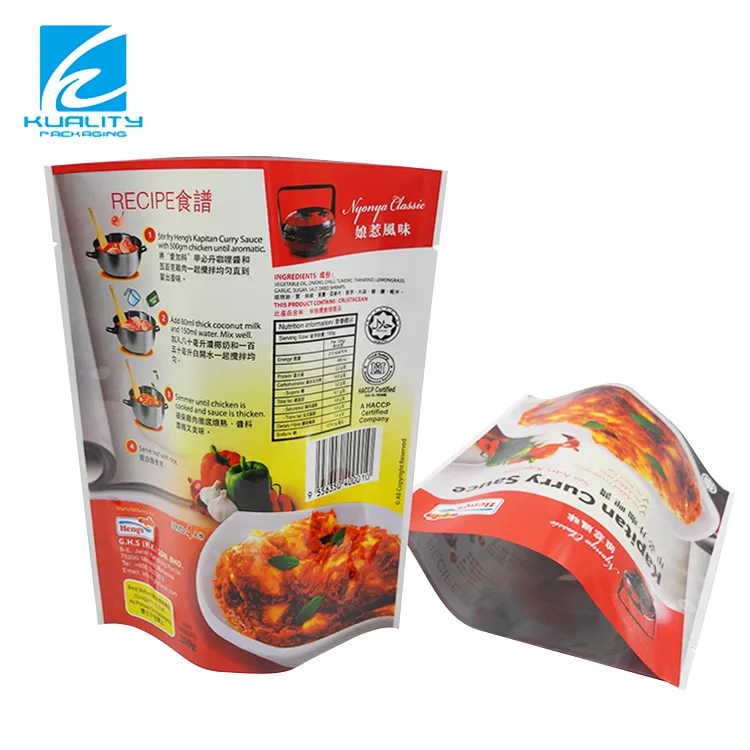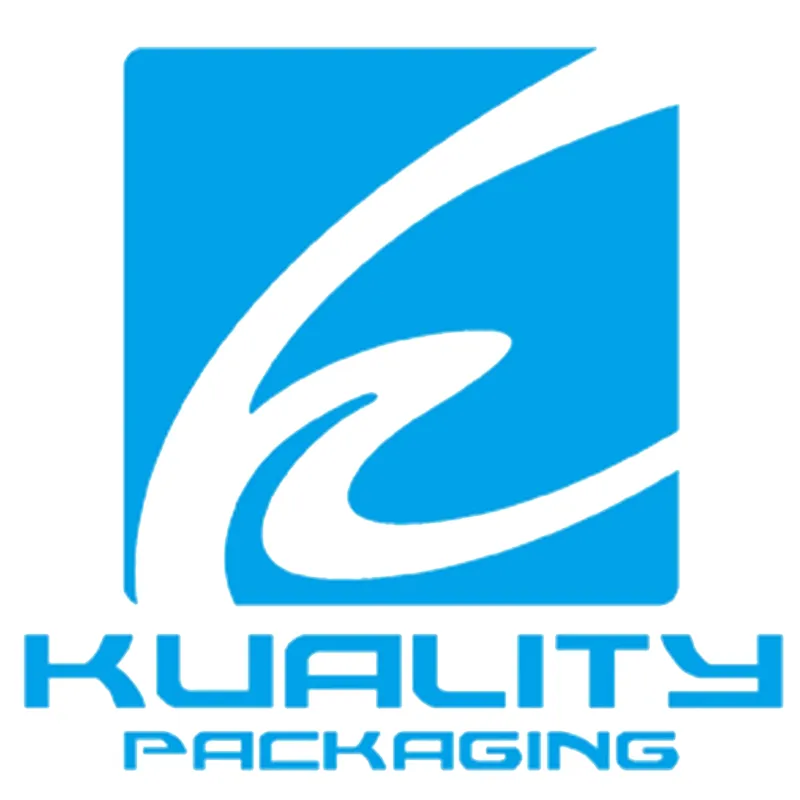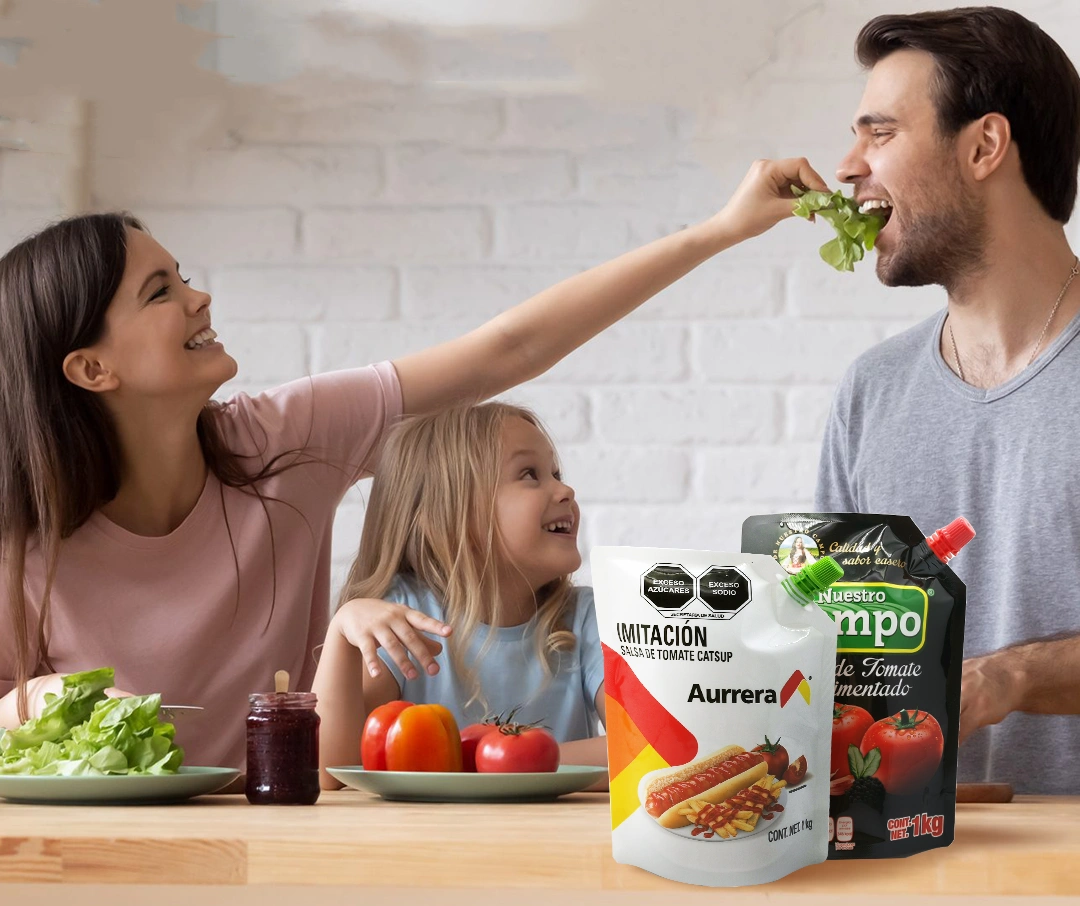
The packaging of condiments is experiencing a revolutionary change as consumer lifestyles and regulatory forces intersect. Two powerful trends by 2025—sustainability and convenience—will change the way sauces, spices, and dressings are packaged, stored, and consumed. Observing these trends is no longer a choice for companies hoping to remain relevant. This guide will look at the impetuses behind these changes and how leading-edge producers such as Ambalaje Huiyang are innovating to address the needs of today.
Sustainability: The Non-Negotiable Priority
The push for sustainable packaging is no longer a niche preference but a global imperative. According to a 2023 Mordor Intelligence report, the sustainable flexible packaging market is projected to grow at a CAGR of 6.8% through 2025, with the food and condiment sectors leading adoption.
Why it matters:
- Consumer Demand: 68% of global consumers now prioritize brands that use eco-friendly condiment packaging solutions(NielsenIQ).
- Regulatory Pressure: The EU’s Single-Use Plastics Directive and similar policies in Asia are phasing out nonrecyclable materials, pushing brands to adopt alternatives like biodegradable films and mono-material laminates.
- Brand Reputation: Companies like Heinz and Hellmann’s have already transitioned to plant-based or PCR (post-consumer recycled) materials, aligning with their net-zero pledges.
Innovations to Watch:
- Water-soluble ink printing for reduced chemical waste.
- Biodegradable condiment pouches that decompose within 180 days.
- Lightweighting designs that minimize material use without compromising durability.
Convenience: Meeting On-the-Go Lifestyles
Modern consumers crave packaging that fits seamlessly into fast-paced routines. Technavio forecasts the convenient packaging market to grow by $31.5 billion by 2025, with condiment formats like single-serve sachets and resealable spouts driving demand.
Key Drivers:
- Portability: Compact, leak-proof designs (e.g., tear-notches, screw caps) cater to takeout culture and outdoor dining.
- Portion Control: Pre-measured mini-packets reduce waste for health-conscious users.
- User Experience: Features like zipper closures and ergonomic dispensers enhance usability for sauces, oils, and dressings.
.webp)
.webp)

Case Study:
In 2024, a leading Asian hot sauce brand saw a 27% sales boost after switching to squeeze tubes with flip-top lids, proving that convenience directly impacts purchase decisions.
The Hybrid Future: Blending Sustainability with Functionality
The winning formula for 2025 lies in merging eco-conscious materials with smart functionality. Examples include:
- Paper-based laminates with water-resistant coatings for ketchup and mayo.
- Refillable glass jars paired with recyclable flexible pouches for bulk condiment refills.
- Plant-based films engineered for microwave-safe reheating.
Huiyang Packaging: Your Partner in Condiment Solutions
As a leading condiment packaging bag manufacturer, Ambalaje Huiyang empowers brands to align with 2025 sustainability and convenience demands. Here’s how we deliver value:
Eco-Driven Material Expertise
Customizable options: Compostable PLA, recyclable PE, and kraft paper hybrids.
Carbon-neutral production processes certified by ISO 14001.
Smart Design Capabilities
Resealable spouts, anti-drip valves, and custom-shaped sachets.
Digital printing for small-batch, low-waste orders.
End-to-End Support
From prototyping to global logistics, we ensure compliance with regional sustainability standards (e.g., FDA, EU No. 10/2011).
Cost Efficiency
Lightweighting solutions that reduce shipping costs by up to 15%.
Concluzie
The condiment packaging landscape in 2025 will reward brands that embrace sustainability without sacrificing usability. By partnering with innovators like Ambalaje Huiyang, businesses can future-proof their products while meeting evolving consumer expectations.

